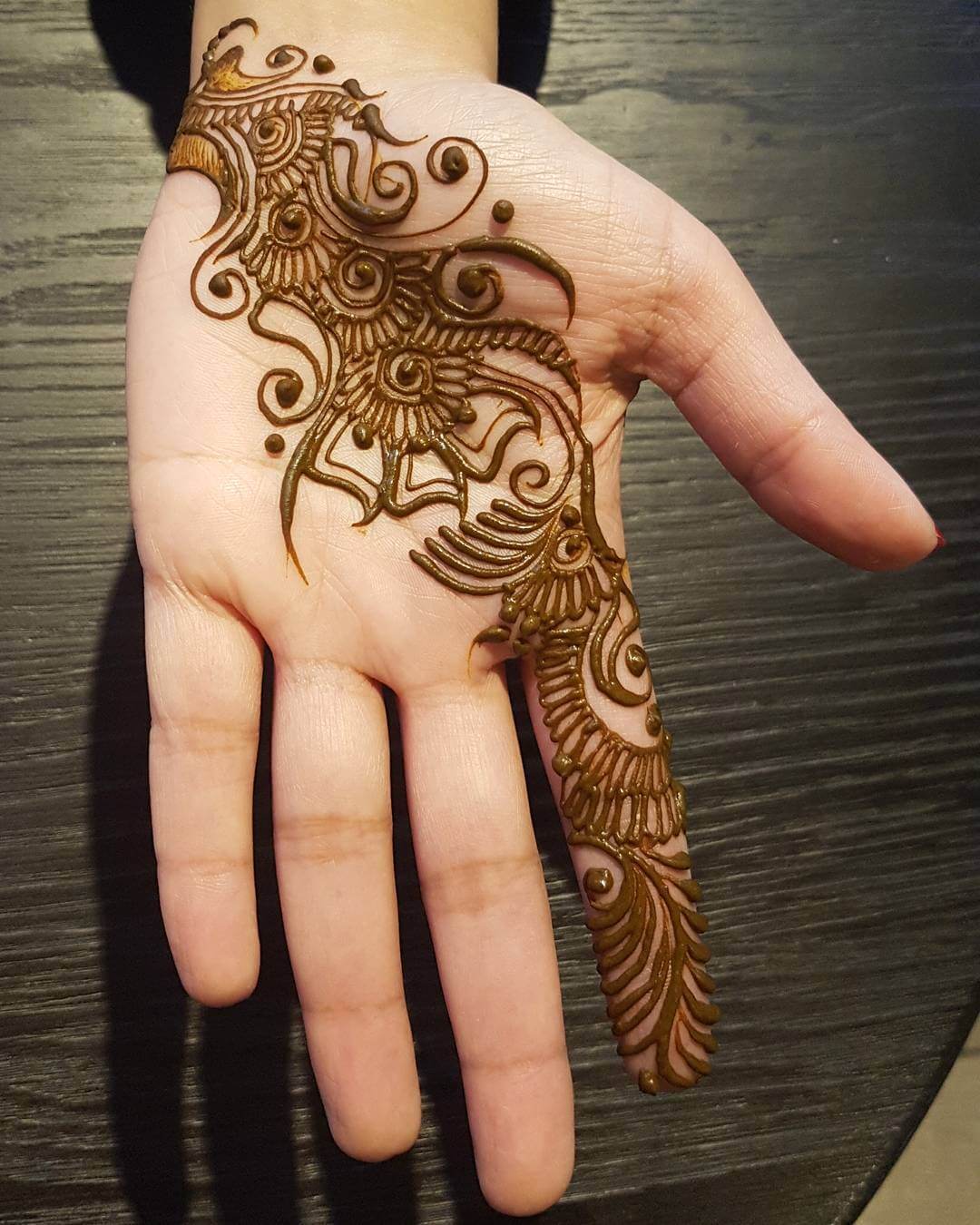Table Of Content

However, a particular small type can be grown in pots and ideal as an indoor houseplant, the Pygmy Date Palm (Phoenix roebelenii). It is also called Miniature Date Palm (because of its size) and Phoenix Palm. European fan palms are native to, as their name suggests, Europe. More specifically, they’re found in the western Mediterranean area and can also be known as the Mediterranean dwarf palm. Compared to other palms, this species is quite hardy and can tolerate temperatures as low as 5 degrees Fahrenheit.
The easiest indoor palms to care for - LivingEtc
The easiest indoor palms to care for.
Posted: Sat, 22 Jul 2023 07:00:00 GMT [source]
Houseplants Perfect For College Dorm Rooms
Continue reading to learn how to identify the most common types of indoor palm plants. Along with their scientific names, pictures will assist with palm identification so you can find the perfect house or office plant. This low-growing shrub is a great option for an indoor palm plant. This genus (Chamaedorea) has over 100 species, so there are lots of options for indoor plants or outdoor shrubs. Once the old fronds turn completely brown, it's safe to prune them from the palm. Just make sure you wait until there is no green left on the frond.
What to Look for in Indoor Palm Plant Identification
The Indoor Houseplant Martha Stewart Doesn't Recommend - House Digest
The Indoor Houseplant Martha Stewart Doesn't Recommend.
Posted: Tue, 17 Oct 2023 07:00:00 GMT [source]
Like potatoes, this plant develops from a single rhizome, which sends out shoots and roots to keep creating new stalks. It is difficult to kill because of its underground rhizome structure and continues to produce year after year. They love to soak up the sunshine, so keep them in a bright room during the winter and take them outside during the summer growing season. A controlled-release potassium supplement is the best treatment. But if the tips of all leaves turn brown, it is often due to excessive fertilizing.
Variegated Houseplants With Beautiful Leaf Patterns

Parlor palm—The top palm tree when it comes to choosing a tropical plant for living spaces. So, these are also palm houseplants that grow well in low-light conditions. This palm is also at the top of the list of the easiest palms to grow at home. Are you looking to add a taste of the tropics to your living space?
They are also generally easy plants to grow indoors as long as you provide the right growing conditions. For more, see our in-depth guide to the best potted palm trees for outdoor areas. Kentia palm—The long arching stems and large fronds make the kentia plant a popular household choice. The exotic look of these indoor potted palms can bring the tropics indoors.
Your Complete Guide to Indoor Plant Maintenance
With the potential to grow to 15 feet tall, the Chinese fan palm makes a lovely addition to large spaces. For smaller spaces, look for smaller cultivars such as the dwarf Chinese fan palm and Taiwan fan palm. This one, also known as the fountain palm (Livistona chinensis), features star-shaped leaves instead of classical feathery ones.
New leaves often emerge in a pink-colored hue and then mature to green. The ponytail palm is slow-growing, drought-resistant and exceedingly easy to care for…it’s also not technically a palm at all. That’s right—this popular houseplant is, in fact, a succulent, belonging to the agave family and native to the Mexican desert.
Once they have developed in age and given the correct amount of light, they can produce small flowers. Broadleaf lady palm can grow up to 14 feet tall, but you can manage its size through regular pruning. To aid ventilation, thin out the plant by removing discolored or dried-out leaves.
Common Pests & Diseases
Interestingly, this is one of the rare palms that has both green and variegated leaves. The Pindo palm (Butia capitata) is sometimes called the jelly palm because it produces berries that are used to make tasty jelly! It can withstand a broad range of temperatures—from scorching hot up to nearly freezing cold. If left to its own devices, and properly cared for, it can grow up to 20 feet. If you leave a ruffled fan palm outdoors in summer, make sure it's in a protected spot because its gigantic leaves are subject to wind and storm damage. This plant bears berry-like red fruit that's toxic to us, but bats and birds seem to love it.
As such, the ponytail palm is a sun-loving plant that benefits from minimal watering (once every two weeks should suffice) and loads of direct or indirect light. When it comes to keeping a ponytail palm in top form, regular removal of crispy, brown leaves is also recommended. Majesty palms, or Majestic palms, are native to Madagascar and require moisture, warmth, and humidity.
As an indoor potted palm plant, the areca palm grows in clumps, and the thin arching leaves look like palm grass. Like most palm plants that grow indoors, the areca palm needs a bright, sunny location, away from direct sunlight. One challenge of having an areca palm indoors is that fertilizer salts tend to build up in the soil. So, only feed once or twice in the growing season and flush the soil occasionally. Brown leaf tips are the most common care issue with indoor palm trees. To avoid brown tips developing on the fronds, don’t over-fertilize your palm plant, keep the soil moist, and increase room humidity.

No comments:
Post a Comment